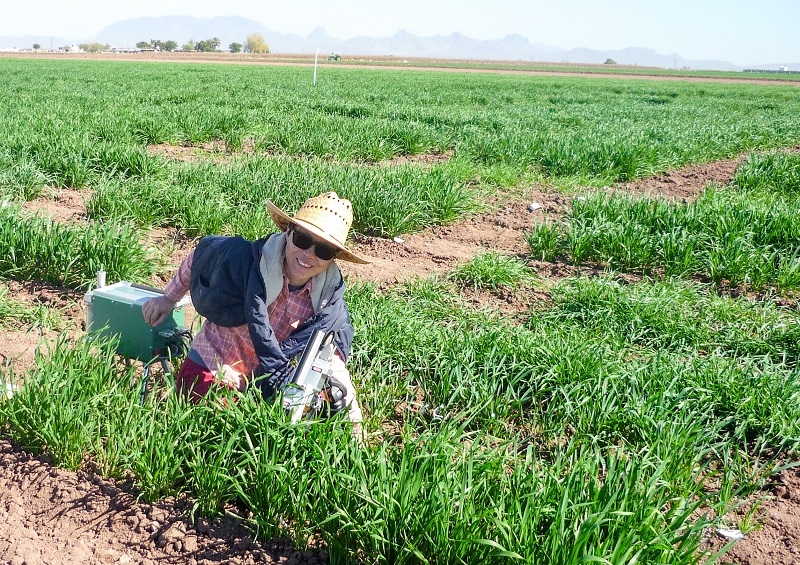PS Seminar Series- PhD Exit Seminar- Tales of mitochondria: How have the roles of mitochondria in C4 plants affected respiratory metabolism?
C4 photosynthesis involves a number of biochemical and anatomical traits that significantly improve plant productivity under conditions that reduce the efficiency of C3 photosynthesis.
Speakers
Event series
Content navigation
Description

Abstract -C4 photosynthesis involves a number of biochemical and anatomical traits that significantly improve plant productivity under conditions that reduce the efficiency of C3 photosynthesis. During my PhD, I explored how evolution of the three classical biochemical types of C4 photosynthesis (NADP-ME, NAD-ME and PCK types) has affected the functions and properties of mitochondria. Mitochondria in C4 NAD-ME and PCK types play a direct role in decarboxylation of metabolites for C4 photosynthesis. Mitochondria in C4 PCK type also provide ATP for C4 metabolism, although this role for ATP provision is not seen in NAD-ME type. This has led to an increase in mitochondrial abundance/size and associated enzymatic capacity, changes in mitochondrial ultrastructure, altered roles of mitochondria in cellular carbon metabolism, and shifted preferences of substrates by mitochondria in the NAD-ME and PCK types. By contrast, these changes in mitochondrial properties are absent in the C4 NADP-ME type and C3 leaves, where mitochondria play no direct role in photosynthesis. This work provides a foundation for future mitochondrial research in key areas central to the engineering of the C4 pathway into C3 plants and to the understanding of variation in rates of C4 dark respiration.
Biography -During her undergraduate degree (BSc) at ANU (2014-2016), Yuzhen carried out two summer research projects at the Research School of Biology – one working with Owen Atkin on leaf respiration and the other working with Susanne von Caemmerer on C4 photosynthesis. Later in 2017, merging what she had learnt from these two summer projects, Yuzhen went on to do an Honours degree investigating the roles of mitochondria in C4 plants in the Atkin Lab. It seems that Yuzhen has not had enough of C4 respiration; immediately after her Honours, Yuzhen began her PhD project in the Atkin Lab on the same topic. She focused on advancing the mechanistic understandings of mitochondria in C4 plants using novel three-dimensional microscopy and high-throughput metabolomic approaches.
Roses are red. Violets are blue. Yuzhen likes C4. Hope you do too (after her talk).
Location
Eucalyptus Seminar Room, S205, Level 2, RN Robertson Building (46)





